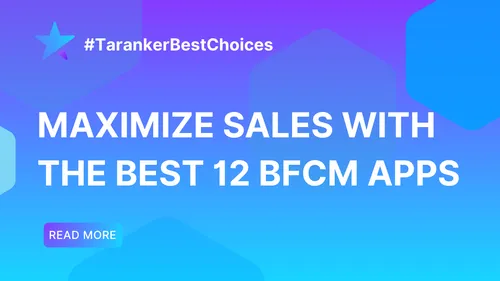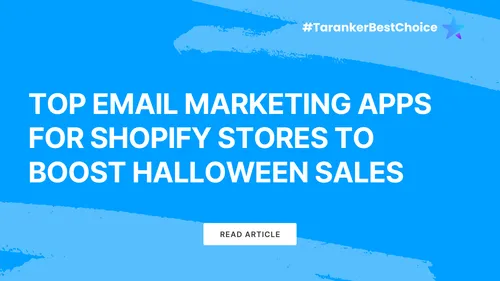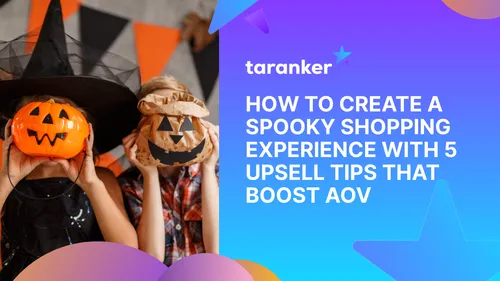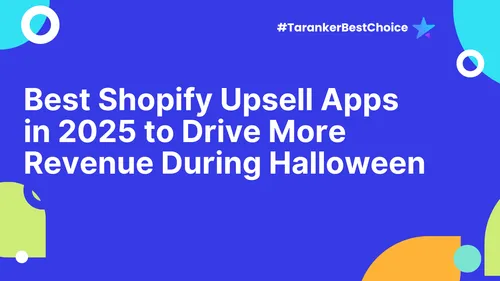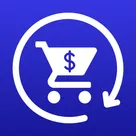Upselling is a cornerstone strategy for any eCommerce business aiming to increase average order value and maximize revenue. When executed well, upsell campaigns not only boost sales but also enhance customer experience by providing relevant and timely product recommendations. However, despite their potential, many upsell campaigns fail to deliver expected results. These failures can stem from a variety of overlooked or misunderstood factors.
If your upsell efforts are underperforming or even causing customer frustration, it's crucial to diagnose the root causes and apply targeted solutions. In this comprehensive guide, we’ll delve into the five most common reasons upsell campaigns fail, illustrated with real-world examples, detailed explanations of why they falter, and practical, actionable fixes that you can implement immediately. Whether you're a small business owner or managing a large online store, these insights will empower you to optimize your upsell strategy and drive meaningful growth.
Current Trends in eCommerce Upselling (2025)
As of 2025, upselling in eCommerce is no longer about static product pairings or blanket discount popups. Customers expect smarter, more personalized experiences and businesses are adapting fast. Here are some of the most common upsell practices dominating the landscape today:
-
AI-Powered Recommendations: More merchants are using machine learning to analyze real-time customer behavior and dynamically serve upsell suggestions that match individual needs.
-
Post-Purchase Upselling: Many brands are shifting upsell efforts to the thank-you page, confirmation emails, or even follow-up SMS to avoid disrupting the shopping experience while maximizing AOV.
-
Conversational Upselling: Chatbots powered by large language models like ChatGPT are guiding customers through product discovery and suggesting smart add-ons mid-conversation.
-
Bundling and Tiered Offers: Grouping complementary products into smart bundles or offering tiered pricing structures to encourage customers to upgrade or buy more.
-
Gamified Upsell Tactics: Reward-based popups, countdown timers, or limited-time offers to drive urgency without pushing too hard.
Despite these evolving strategies, many businesses still fall into outdated practices or fail to implement these trends effectively. That leads us to the key issues we'll explore next.
Reason 1: Lack of Personalization
The Problem
Imagine an online stationery store that displays the exact same upsell offer-high-end art supplies-to every visitor, regardless of their browsing behavior or purchase history. A customer shopping for simple notebooks or school planners is shown expensive watercolor sets, which they neither need nor want. The result? Customers ignore these irrelevant suggestions or feel disconnected from the shopping experience, leading to poor upsell conversion rates.
Why It Happens
In today's market, consumers expect experiences tailored to their unique preferences. A one-size-fits-all upsell approach fails because it overlooks the diversity of customer needs, preferences, and purchasing power. Without leveraging data to personalize offers, upsell campaigns come across as generic and intrusive rather than helpful.
How to Fix It
-
Leverage Customer Data: Collect and analyze data such as browsing history, past purchases, cart contents, and demographic details to understand what each customer segment values most.
-
Implement AI-Driven Personalization: Use machine learning algorithms to predict what upsell offers are most relevant for individual shoppers in real time. For example, suggesting budget-friendly school supplies to parents shopping on a budget, while offering premium art kits to customers who regularly purchase professional materials.
-
Segment Your Audience: Group customers based on behavior or demographics and create targeted upsell campaigns for each segment.
Predicted Outcome
When upsell offers resonate personally, customers are more likely to accept them, which increases average order value and improves overall customer satisfaction. Personalization fosters a sense of understanding and care, encouraging loyalty and repeat purchases.
Reason 2: Poor Timing and Placement

The Problem
Consider a fashion retailer that bombards visitors with upsell offers immediately upon landing on product pages-before customers have even browsed or made a choice. The early, disruptive upsell prompts distract shoppers and create a sense of pressure, leading many to abandon the site altogether.
Why It Happens
Timing and placement are critical in upsell campaigns. Offers that appear too early, too late, or in inconvenient spots disrupt the natural shopping flow. If customers feel overwhelmed or interrupted, they are less likely to respond positively to upsell attempts.
How to Fix It
-
Map the Customer Journey: Identify key moments when customers are most receptive to upsell offers-typically after adding products to the cart, during checkout, or on the order confirmation page.
-
Use Behavioral Triggers: Deploy upsell offers triggered by specific user actions, like spending a certain amount of time on a product page or adding related items to the cart.
-
Test Placement and Timing: Use A/B testing to experiment with different upsell placements and timings to find the optimal configuration for your audience.
-
Avoid Intrusive Pop-Ups: Ensure upsell offers are subtle and non-disruptive, such as inline recommendations or small pop-ups that don’t block the page content.
Predicted Outcome
Properly timed and placed upsell offers enhance engagement and conversion rates, reducing bounce rates and cart abandonment. Customers feel guided rather than pressured, improving overall shopping experience.
Reason 3: Irrelevant or Low-Value Offers
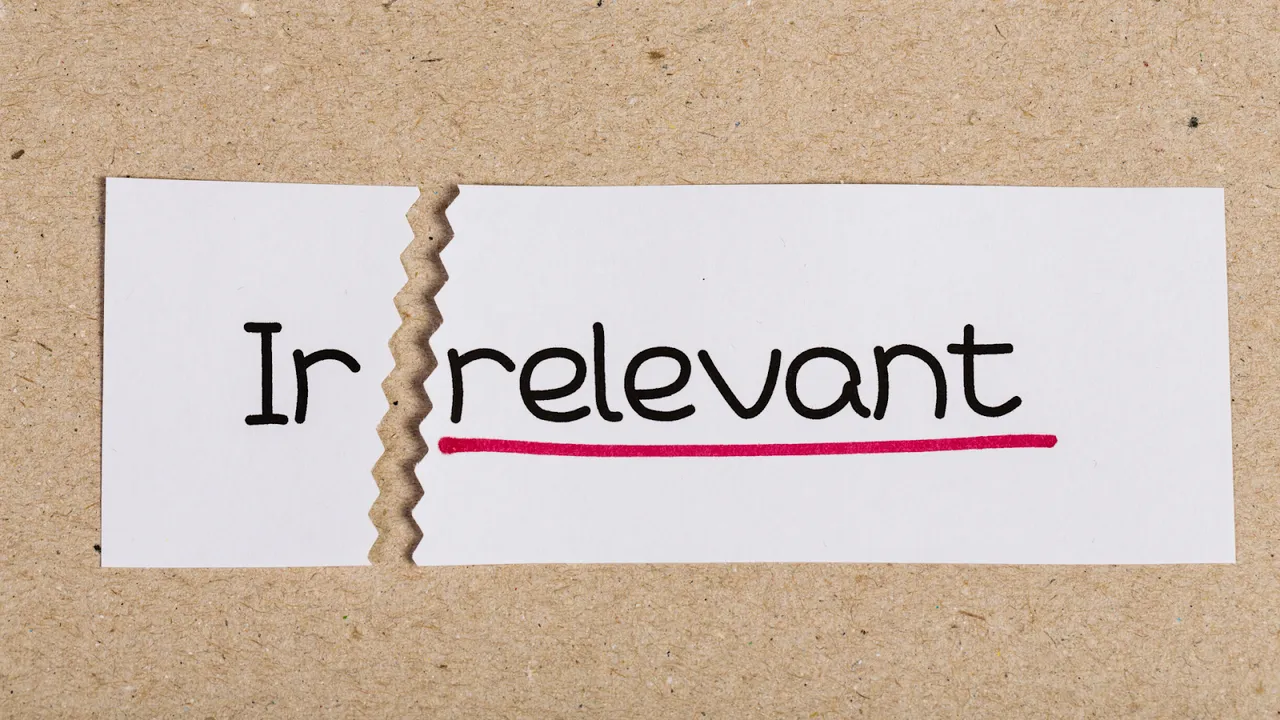
The Problem
A technology retailer recommends expensive, high-end accessories as upsells to customers purchasing budget smartphones-without discounts or clear benefits. The mismatch between product price points and customer expectations results in low acceptance of these offers.
Why It Happens
Upsell offers that lack relevance or tangible value fail to entice customers. If the products don’t complement the original purchase or if the perceived cost outweighs the benefit, customers will ignore or reject the upsell.
How to Fix It
-
Offer Complementary Products: Suggest items that naturally enhance or complement the primary purchase. For example, recommending protective cases, screen protectors, or affordable headphones for budget smartphones.
-
Add Incentives: Use discounts, bundled pricing, or free gifts to increase the perceived value of the upsell offer.
-
Highlight Benefits Clearly: Communicate how the upsell improves the customer’s experience, solves a problem, or saves money.
Predicted Outcome
Relevant, valuable upsells increase the likelihood of additional purchases and foster trust in your brand. Customers feel the offers are tailored to their needs and appreciate the added benefits.
Reason 4: Overwhelming or Aggressive Upselling

The Problem
An online electronics store floods customers with multiple upsell pop-ups at every step of their shopping journey. Rather than encouraging purchases, this aggressive approach frustrates shoppers, leading to higher cart abandonment and negative brand sentiment.
Why It Happens
Excessive upselling can backfire by making customers feel pressured or overwhelmed. Instead of enhancing the shopping experience, it creates resistance and reduces conversion.
How to Fix It
-
Limit Upsell Frequency: Present only one or two well-targeted upsell offers per transaction to avoid overwhelming customers.
-
Adopt Soft-Selling Techniques: Frame upsells as helpful suggestions rather than hard sells. Use language that is inviting and optional.
-
Incorporate Gamification: Introduce interactive elements like reward points, spin-the-wheel games, or progress bars to make upselling fun and engaging rather than intrusive.
Predicted Outcome
Balanced upselling improves the customer experience, increases upsell acceptance rates, and reduces cart abandonment. Customers appreciate feeling in control of their purchasing decisions.
Reason 5: Lack of Tracking and Optimization
The Problem
A beauty products retailer launches upsell campaigns but fails to monitor performance or analyze customer responses. Without insights, ineffective offers persist, sales plateau, and growth stalls.
Why It Happens
Without tracking, it’s impossible to know what’s working and what isn’t. Lack of data-driven decision-making prevents businesses from improving upsell effectiveness.
How to Fix It
-
Set Clear KPIs: Track metrics like upsell acceptance rates, average order value increase, conversion rates, and revenue uplift.
-
Use Analytics Platforms: Deploy real-time dashboards and analytics tools to monitor campaign performance continuously.
-
Regularly Test and Refine: Implement A/B testing for offers, messaging, timing, and placement. Use data insights to optimize campaigns.
-
Gather Customer Feedback: Use surveys or reviews to understand customer reactions and preferences.
Predicted Outcome
Continuous monitoring and optimization ensure upsell campaigns remain relevant, effective, and profitable over time. Businesses can adapt quickly to changing customer behaviors and market trends.
Afterthought
Upsell campaigns hold tremendous potential to drive revenue growth, but their success hinges on thoughtful execution and continuous refinement. The common pitfalls of impersonal offers, poor timing, irrelevant recommendations, pushy tactics, and lack of performance tracking are avoidable hurdles when approached with data-driven strategies and customer empathy.
In today’s dynamic eCommerce environment, upselling is not just about selling more-it’s about delivering meaningful value that enhances the shopping experience. Brands that embrace personalization, leverage customer insights, and remain agile in optimizing their campaigns will foster stronger relationships and sustainable growth beyond seasonal peaks like Back to School.
Remember, upselling is an ongoing journey. Success comes to those who listen closely to their customers, adapt rapidly, and never stop testing and improving. By doing so, your upsell efforts will become a true catalyst for business success, delighting customers and boosting your bottom line simultaneously.
FAQs
1. Why is personalization crucial for upsell success?
Personalization ensures that upsell offers are relevant to each customer's unique needs and preferences. This relevance increases the likelihood that customers will accept the offer, leading to higher conversion rates and better customer satisfaction.
2. How can I determine the best timing for upsell offers?
Analyze your customer journey to identify moments when shoppers are most engaged-such as after adding items to the cart or during checkout. Use behavioral triggers and A/B testing to fine-tune the timing and placement of upsell offers.
3. What should I do if my upsell offers are ignored?
Reassess the relevance and value of your offers. Use customer data to personalize recommendations better, consider offering discounts or bundles, and ensure your messaging clearly communicates the benefits.
4. How often should I review and optimize my upsell campaigns?
Regularly monitor your campaign performance using KPIs like acceptance rates and average order value. Conduct A/B tests periodically and refine your strategies based on data insights and customer feedback to maintain effectiveness.


